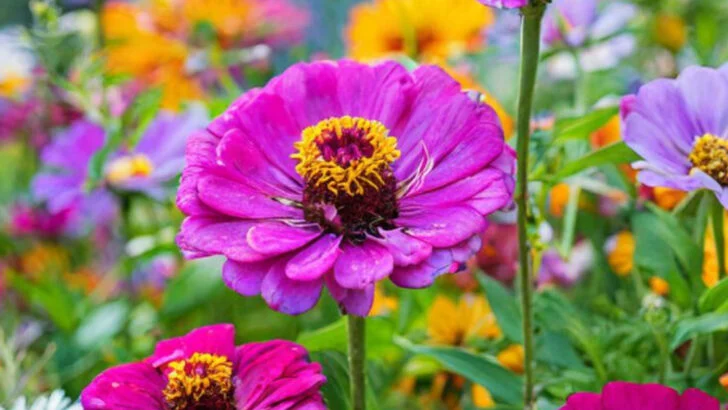Some plants bring beauty, but others bring the magic. If you’ve ever watched a butterfly glide through your garden or caught a hummingbird hovering mid-air, you know exactly what we mean. These winged visitors don’t just show up by chance—they’re drawn in by specific blooms packed with nectar, color, and scent they can’t resist.
In this list, we’re sharing 10 plants butterflies love (they’ll practically move in) and 7 that hummingbirds can’t ignore. From airy flowers that serve as the perfect landing pad to bright tubular blooms made for long beaks, these plants are nature’s invitation to the pollinator party. Many of them pull double duty—attracting both guests and adding serious beauty to your garden.
Whether you’re planting in containers, raised beds, or a backyard border, adding even a few of these options will help transform your space into a buzzing, fluttering haven. Plus, they’re all gorgeous enough to turn your head, too.
Milkweed

Milkweed serves as both a food source and a nursery for monarch butterflies. These perennials offer clusters of pink, orange, or white flowers that emit a sweet fragrance. Monarch caterpillars feed exclusively on milkweed, making it crucial for their life cycle.
In addition to monarchs, milkweed attracts other butterfly species and pollinators. Its ability to thrive in various soils and climates adds to its appeal for gardeners. Planting milkweed not only brings beauty but also plays a role in conservation efforts.
Did you know? Milkweed was used historically for its fibrous stem, which was turned into rope and textiles.
Butterfly Bush
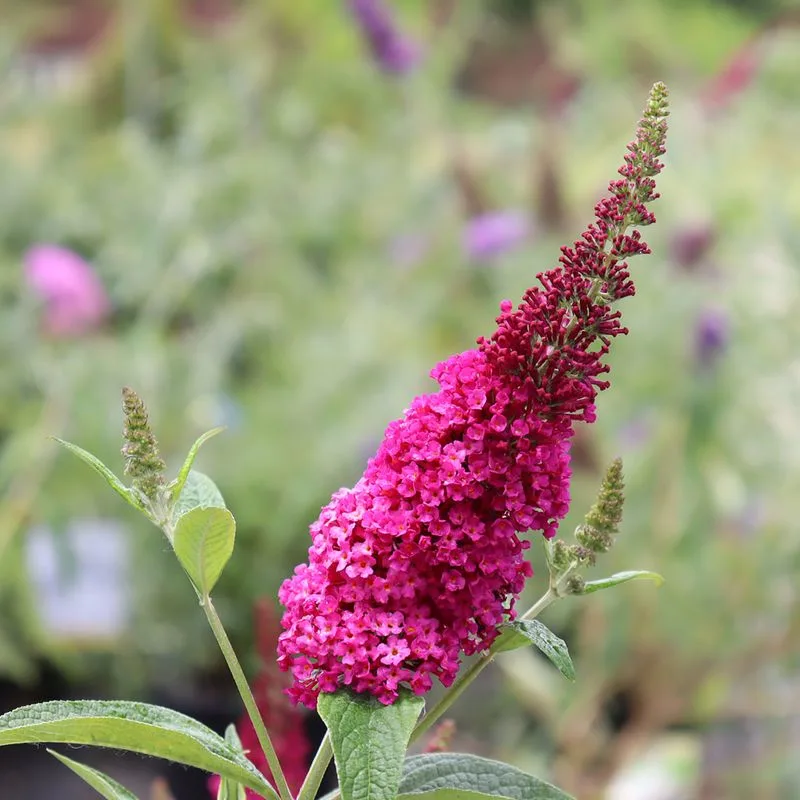
Known for its long spikes of purple, pink, or white flowers, the butterfly bush is a magnet for butterflies. Its blooms, rich in nectar, provide sustenance to butterflies throughout the blooming season.
This low-maintenance shrub grows quickly and can reach impressive heights, creating a striking focal point in gardens. The butterfly bush’s vibrant colors and pleasant fragrance make it a favorite among gardeners and pollinators alike.
While it can become invasive in some regions, careful pruning and maintenance keep it in check. A lovely addition for those seeking to attract fluttering guests.
Lavender
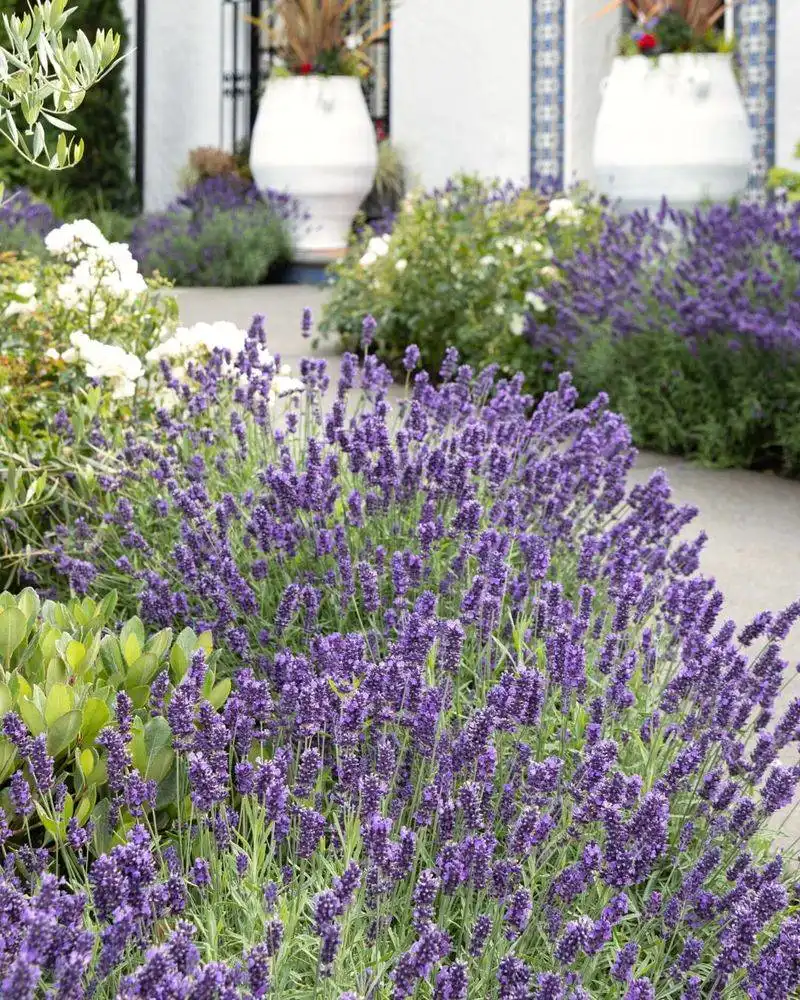
Lavender’s fragrant purple blooms are irresistible to butterflies. This aromatic herb not only perfumes the air but also provides a rich nectar source. Known for its calming scent, lavender attracts a variety of pollinators.
Its silvery foliage and spikes of flowers create an elegant landscape feature. Lavender thrives in sunny spots with well-drained soil, making it a versatile addition to any garden.
Aside from its appeal to butterflies, lavender is prized for its essential oils and culinary uses. A classic choice for those looking to combine beauty with function.
Coneflower
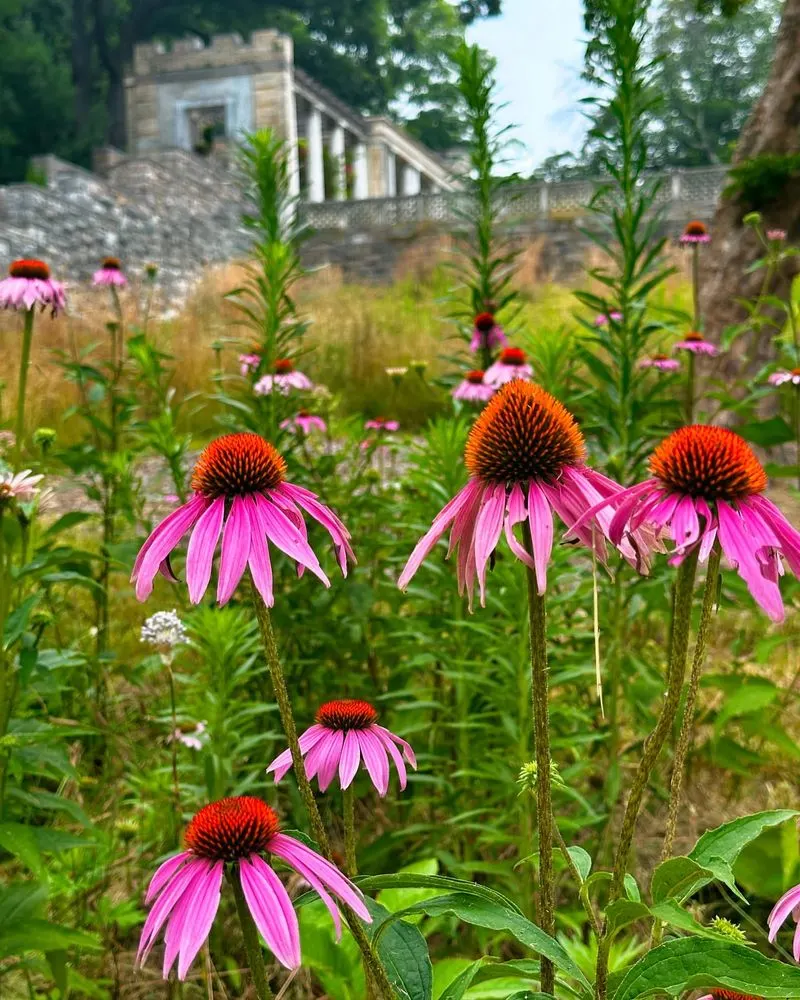
Coneflowers entice butterflies with their daisy-like petals and prominent central cones. These hardy perennials come in various shades like purple, yellow, and orange, adding splashes of color to gardens.
Apart from their aesthetic appeal, coneflowers are known for their drought resistance and long blooming period. Their seeds also attract birds, making them a multi-functional garden plant.
An interesting fact is that Native Americans historically used coneflowers for medicinal purposes, highlighting their cultural significance. Perfect for gardeners interested in ecology and history.
Zinnia
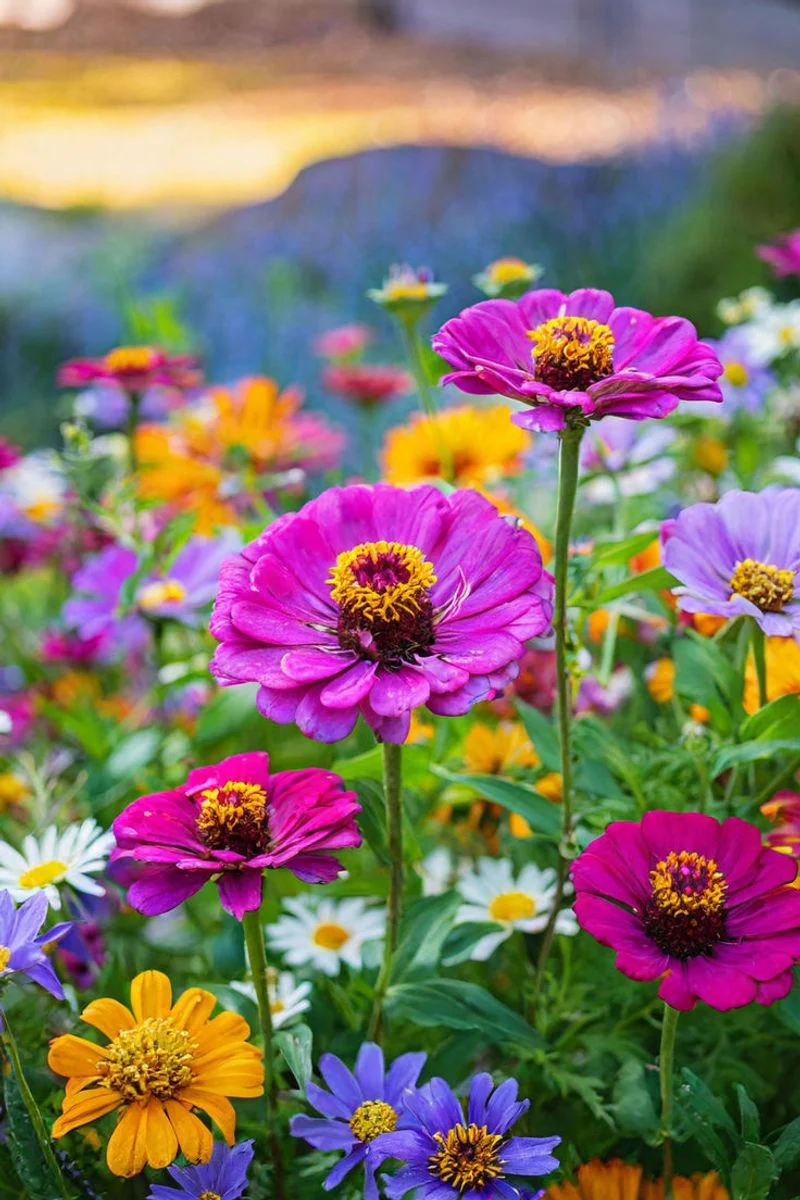
Zinnias burst with color and charm, making them irresistible to butterflies. These annuals come in a rainbow of shades, from red and pink to yellow and white, creating a lively garden tableau.
Their easy-to-grow nature and long blooming season make zinnias a gardener’s favorite. They thrive in sunny locations and tolerate various soil types, offering flexibility for garden planning.
Besides attracting butterflies, zinnias also draw beneficial insects like bees, enhancing biodiversity. Their vibrant presence enlivens any outdoor space, perfect for cheerful summer gardens.
Lantana
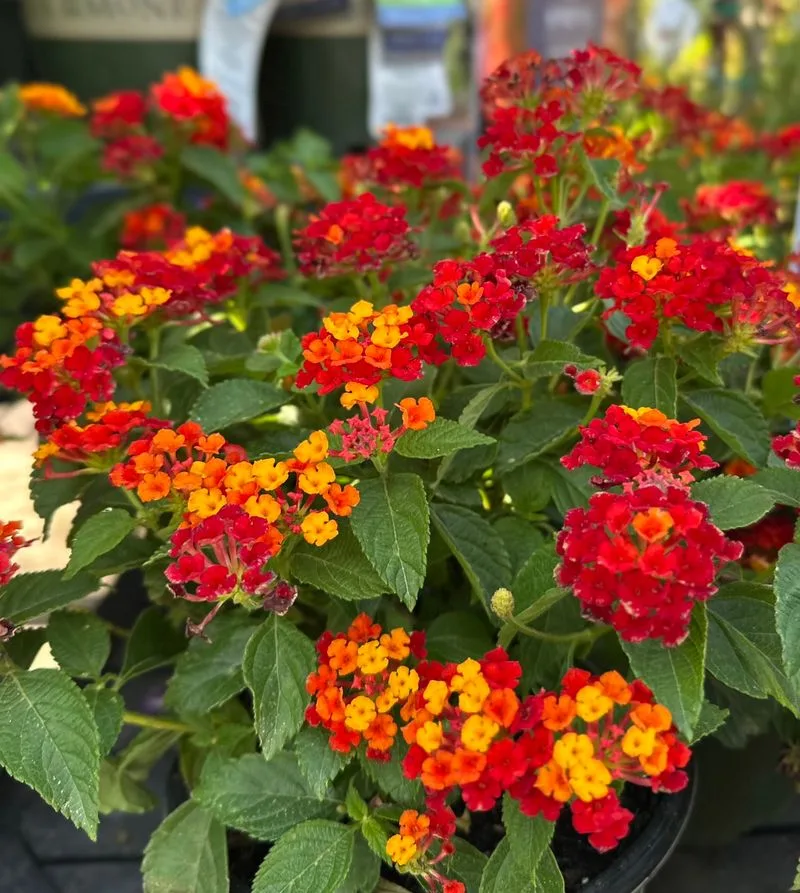
Lantana’s clusters of small, brightly colored flowers are a butterfly’s delight. Known for its resilience and adaptability, lantana blooms from spring to fall, providing a steady nectar source.
These vibrant flowers change color as they mature, adding dynamic visual interest. Lantana thrives in sunny spots and well-drained soil, making it ideal for borders or containers.
While lantana is beloved by butterflies, it’s important to manage its growth, as it can become invasive in some climates. A colorful choice for those seeking a lively garden atmosphere.
Aster
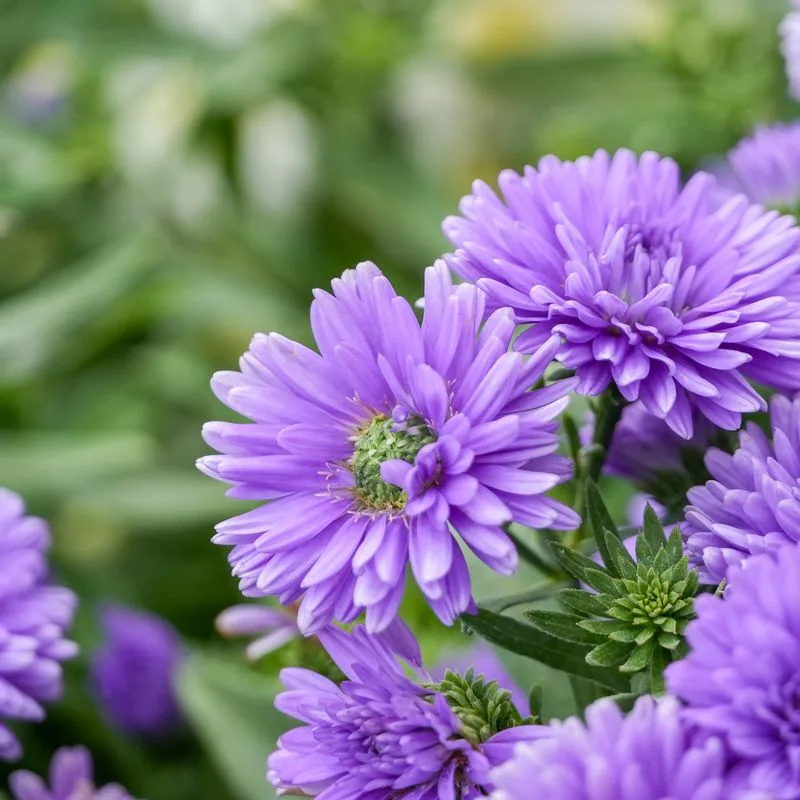
Asters, with their star-shaped blooms, are a late-season treat for butterflies. These perennials come in shades of purple, blue, pink, and white, adding color to gardens when most other flowers fade.
Asters are easy to grow and provide vital nectar during the fall, supporting migrating butterflies. Their hardy nature allows them to thrive in various conditions, making them a versatile garden addition.
Historically, asters were used in ancient medicine, believed to ward off evil spirits. Today, they remain a beloved choice for fall gardens and butterfly enthusiasts alike.
Salvia
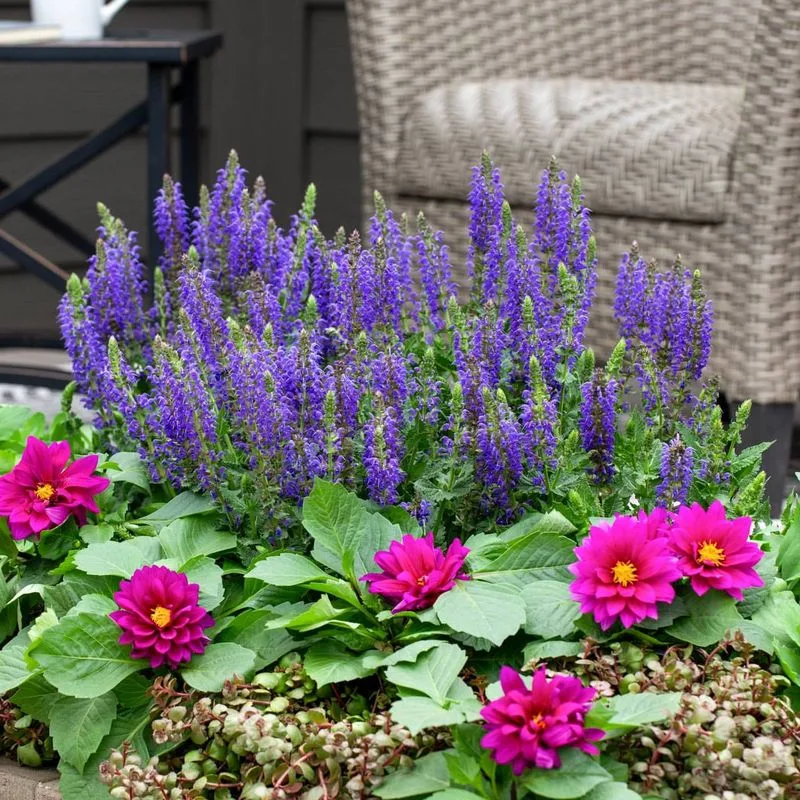
Salvia’s tubular blooms are a feast for butterflies and hummingbirds. Known for their vibrant red, purple, and blue flowers, salvias provide a rich nectar source.
These drought-tolerant perennials thrive in sunny spots and attract pollinators throughout the growing season. Salvia’s aromatic foliage adds another layer of sensory enjoyment.
Besides its ornamental value, salvia has culinary and medicinal uses. Its dual appeal to both butterflies and hummingbirds makes it a dynamic garden choice, offering color and life to any space.
Marigold
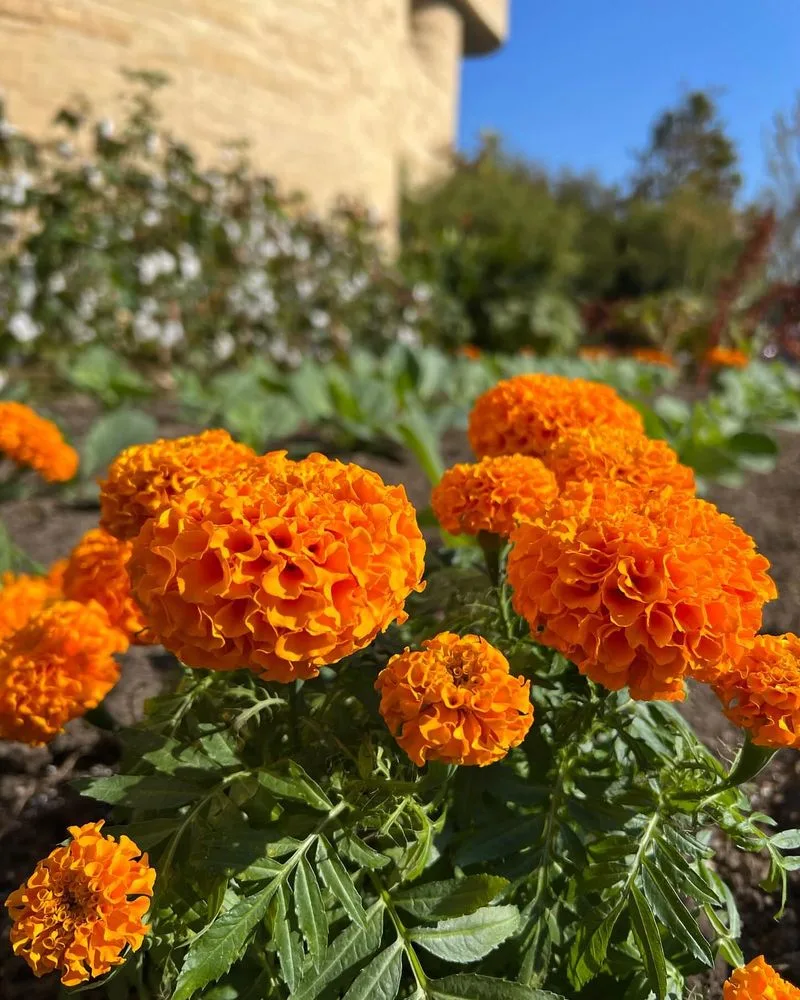
Marigolds, with their bold, sunny blooms, are a staple in butterfly gardens. These sturdy annuals thrive in a variety of conditions, offering vibrant hues from yellow to orange.
Their pungent scent not only attracts butterflies but also deters pests, acting as a natural garden protector. Marigolds are easy to grow, making them a favorite among novice and seasoned gardeners alike.
Historically, marigolds were used in religious ceremonies and as natural dyes. Today, they continue to enchant with their cheerful flowers and practical benefits, perfect for lively garden displays.
Joe-Pye Weed
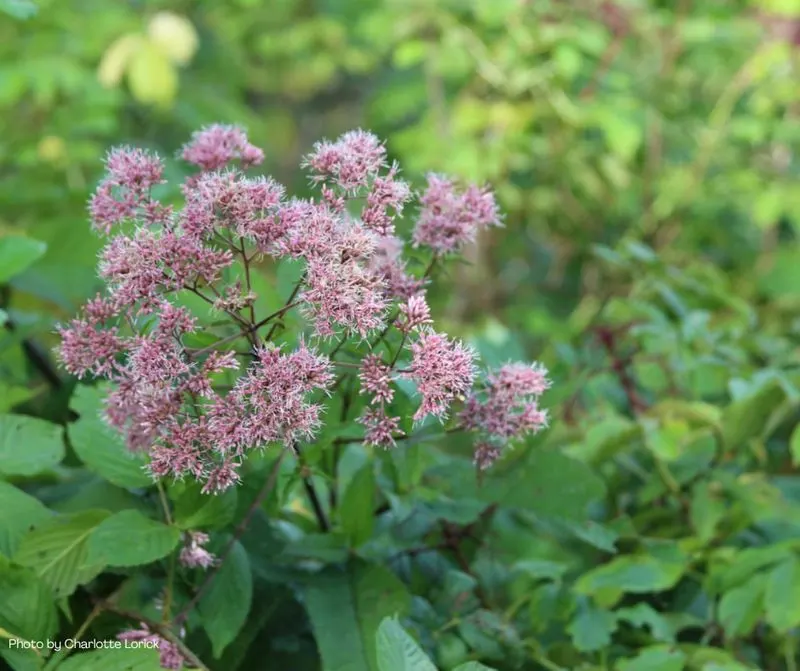
Joe-Pye Weed stands tall with its clusters of pinkish-purple flowers, attracting butterflies looking for late-season nectar. These native perennials flourish in sunny or partially shaded areas.
Their towering presence can reach up to six feet, creating a dramatic backdrop in any garden. Joe-Pye Weed’s nectar-rich blooms support a variety of pollinators, making it a valuable addition for biodiversity.
Originally used by Native Americans for medicinal purposes, Joe-Pye Weed adds historical depth to its natural beauty. Ideal for those seeking tall, stately plants for their butterfly gardens.
Bee Balm
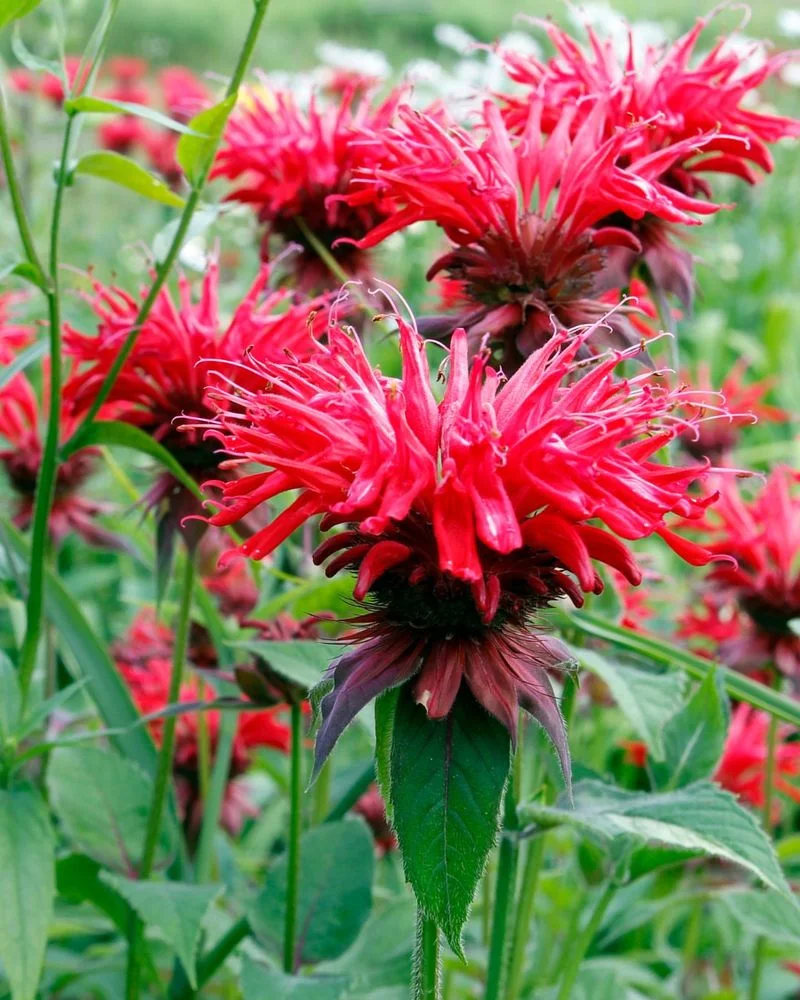
Bee Balm’s bright and tubular flowers are a favorite for hummingbirds and butterflies. Known for their striking red, pink, or purple blooms, they provide ample nectar.
These perennials thrive in sunny or partially shaded gardens, offering a lush, colorful presence. Bee Balm’s aromatic leaves add an extra sensory layer, often used in teas.
Historically, bee balm was used by Native Americans for its medicinal properties. Its dual attraction for birds and butterflies makes it a versatile garden choice for those looking to support wildlife.
Fuchsia
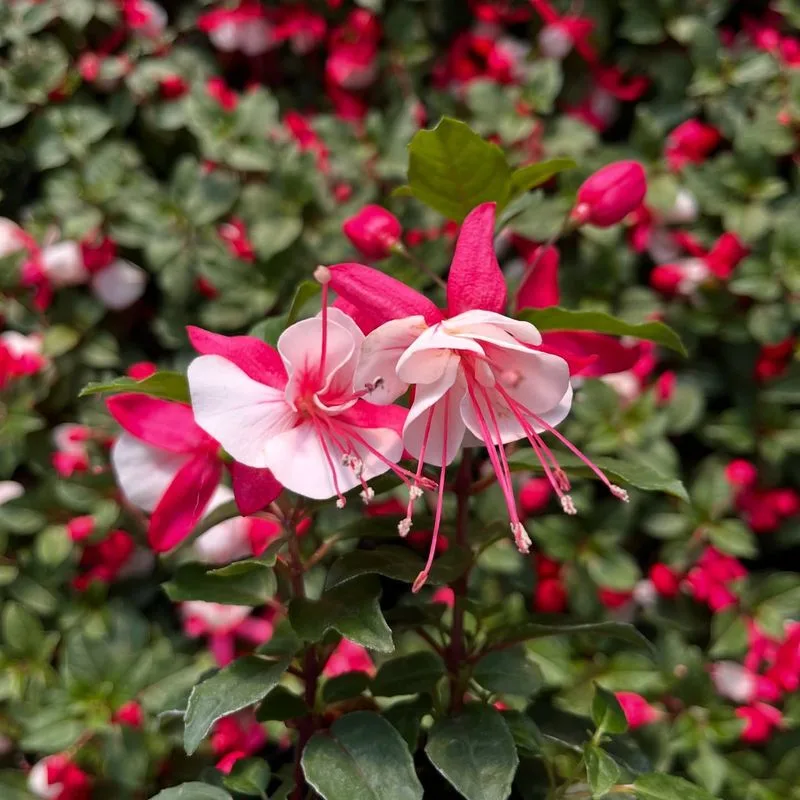
The pendulous blooms of fuchsia are a visual treat and a hummingbird’s delight. Known for their vivid pink and purple colors, fuchsias offer nectar-rich flowers that hummingbirds can’t resist.
These plants thrive in shaded or partially sunny areas, where their delicate blooms add elegance to gardens. Fuchsias are ideal for hanging baskets or containers, allowing their flowers to dangle gracefully.
Originating from Central and South America, fuchsias bring a touch of exotic charm. Perfect for those looking to create a serene and inviting space for hummingbirds.
Trumpet Vine
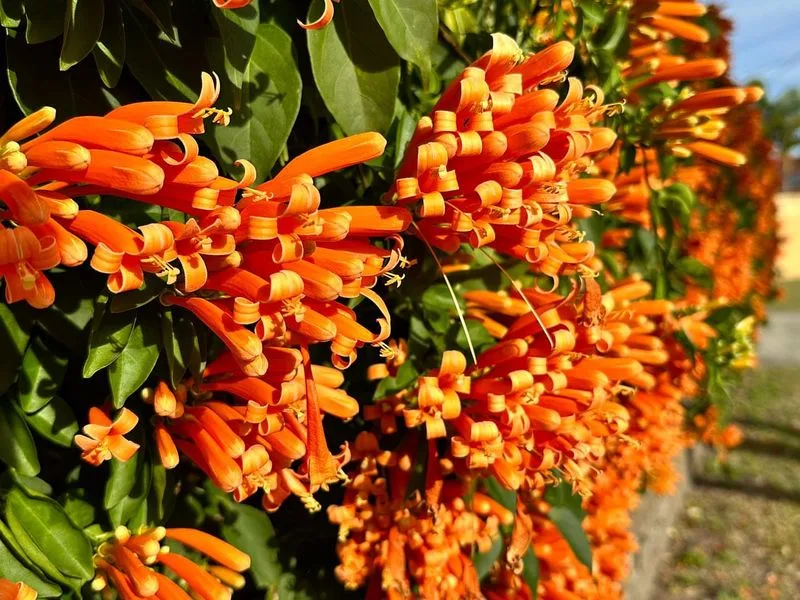
Trumpet Vines are known for their trumpet-shaped orange flowers, attracting hummingbirds with ease. These vigorous climbers add dramatic flair to fences and trellises.
Their long-lasting blooms provide a consistent nectar source, making them a popular choice for bird lovers. Trumpet Vines require regular pruning to manage their growth, ensuring they don’t overwhelm other plants.
In addition to their wildlife appeal, these vines offer shade and privacy, creating secluded garden nooks. Ideal for those looking to enhance vertical space with color and life.
Columbine
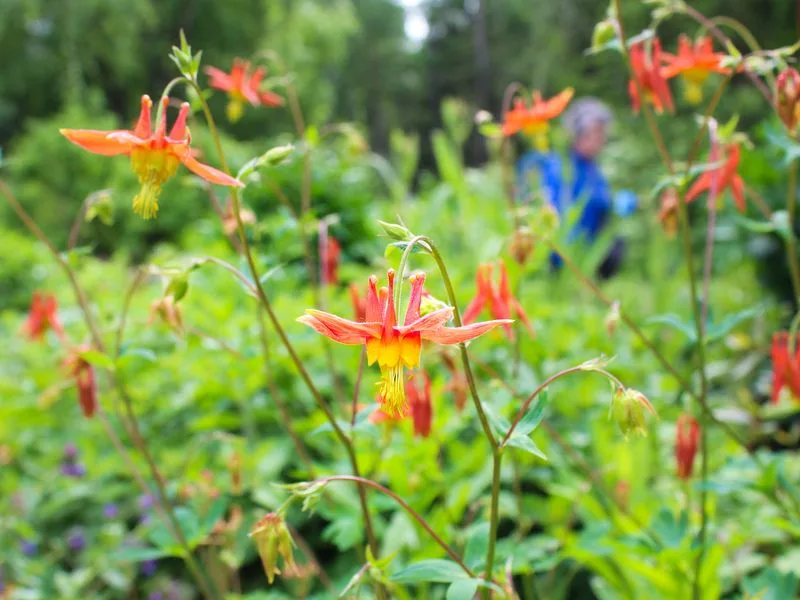
Columbine’s uniquely spurred flowers are a hummingbird’s magnet. These perennials bloom in various colors, from red and yellow to blue and purple, providing visual intrigue.
Thriving in well-drained, sunny or partially shaded areas, columbines offer a whimsical touch to gardens. Their delicate blooms sway gently in the breeze, adding movement and life.
Columbine’s historical use in Native American herbal medicine adds a layer of cultural richness. A delightful choice for those seeking to create a magical and lively garden environment.
Cardinal Flower
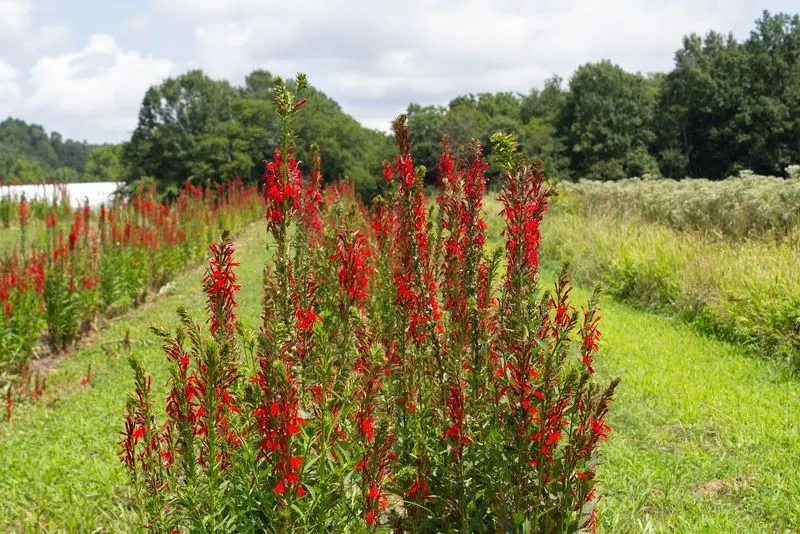
Cardinal Flowers stand out with their vivid red spikes, calling hummingbirds from afar. These native perennials prefer moist conditions, often thriving near water features.
Their dramatic flowers bloom in mid to late summer, offering a feast of nectar. Cardinal Flowers’ striking appearance and height make them a stunning addition to any garden.
Besides their natural beauty, these plants support local bird populations, enhancing biodiversity. Perfect for gardeners looking to make a vibrant statement while supporting wildlife habitats.
Honeysuckle
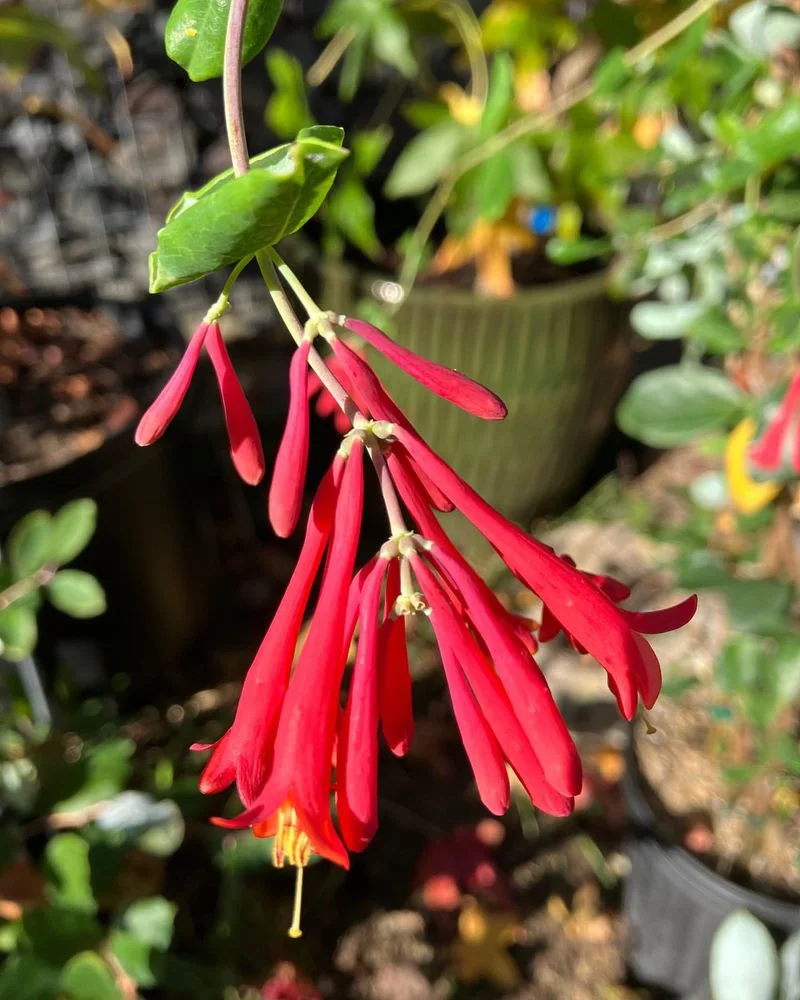
Honeysuckle’s fragrant blooms are irresistible to hummingbirds. These climbers offer tubular flowers that range from yellow to red, providing ample nectar.
Ideal for covering fences and trellises, honeysuckles add vertical interest and fragrance. Their quick growth requires regular maintenance to keep them in check and prevent invasiveness.
In addition to their visual and olfactory appeal, honeysuckles have historical uses in traditional medicine. A sensory-rich choice for those looking to create enchanting garden spaces for winged visitors.
Petunia
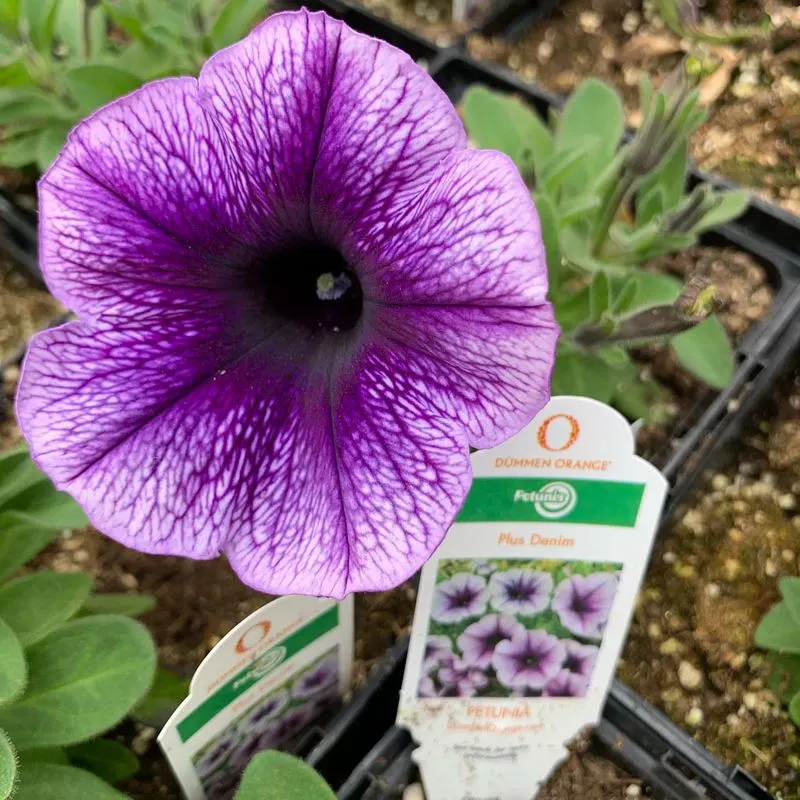
Petunias, with their trumpet-shaped blooms, attract hummingbirds with ease. These annuals come in a wide array of colors, from pastels to vibrant hues, offering versatility in garden design.
Thriving in sunny spots, petunias bloom prolifically throughout the growing season. Their cascading growth habit makes them ideal for containers and hanging baskets.
Besides their beauty, petunias are known for their easy care and adaptability. Perfect for gardeners seeking to add color and life to patios and balconies while inviting hummingbirds.

